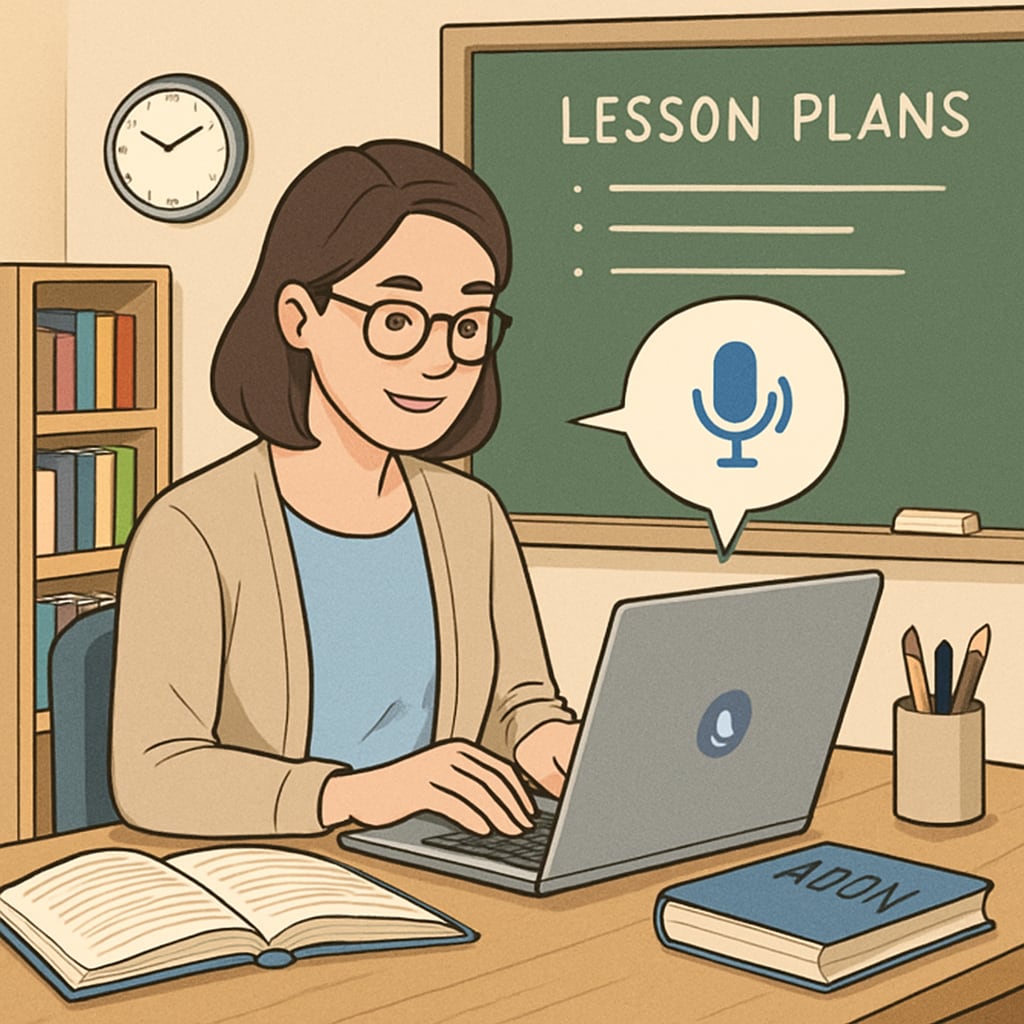In recent years, voice recognition tools like WillowVoice have been making waves in K12 education by transforming teacher workflows. By converting spoken words into text, these tools reduce the administrative workload, allowing educators to focus on high-quality teaching and student engagement. This shift from “writing” to “speaking” is not just about convenience—it is reshaping the relationship between teachers and administrative tasks, ultimately improving teaching efficiency.
How Voice Recognition Enhances Teacher Workflows
Teachers often grapple with extensive documentation, from lesson plans to grading and report writing. Traditionally, these tasks have been time-consuming and tedious. Voice recognition technology offers a solution by enabling teachers to “speak” their documents instead of typing them. This not only saves time but also allows for multitasking. For example, a teacher can dictate notes while organizing classroom materials.
WillowVoice stands out as a leading voice recognition tool tailored for educators. Its advanced algorithms ensure high accuracy, even in noisy classroom environments. Teachers can use it to create lesson plans, grade papers, or even draft emails—all through voice commands. As a result, educators can complete their administrative tasks in a fraction of the time.

Real-Life Applications of Voice Recognition in K12 Education
Consider the example of Ms. Carter, a high school English teacher. She used to spend hours grading essays and writing detailed feedback for her students. After adopting WillowVoice, she started dictating her comments directly into the grading platform. This not only sped up her grading process but also allowed her to provide more personalized feedback.
Another case involves Mr. Johnson, an elementary school teacher who struggled with creating weekly lesson plans. By using voice recognition, he now drafts his plans in minutes, freeing up more time to design engaging classroom activities. These real-world examples highlight how voice recognition tools can significantly enhance teaching workflows.

Key Benefits of Voice Recognition for Teachers
Voice recognition technology offers several advantages for educators:
- Time Efficiency: Tasks that once took hours can now be completed in minutes.
- Improved Accuracy: Advanced tools like WillowVoice minimize errors in transcription.
- Accessibility: Teachers with physical disabilities or repetitive strain injuries can benefit greatly.
- Focus on Teaching: By reducing administrative burdens, teachers can dedicate more time to student interaction.
These benefits not only improve productivity but also contribute to better work-life balance for educators.
The Future of Voice Recognition in Education
As technology continues to evolve, voice recognition tools will become even more integrated into educational environments. Future advancements may include real-time translation, making classrooms more inclusive for non-native English speakers, and AI-driven insights to help teachers analyze student performance.
However, successful implementation requires proper training and support. Schools must ensure that teachers are equipped with the knowledge and resources to use these tools effectively. Additionally, addressing concerns about data privacy and security will be crucial as voice recognition becomes more widespread.
In conclusion, voice recognition technology, exemplified by tools like WillowVoice, is revolutionizing K12 education. By easing administrative tasks, it allows teachers to focus on what truly matters—teaching and inspiring their students.
Readability guidance: This article uses short paragraphs, clear transitions, and structured lists to improve readability. Passive voice and long sentences are kept minimal to ensure clarity and engagement.


